
In nature, danger often hides in unexpected locations. Although poisonous creatures such as snakes, spiders, and scorpions are well-known, there is an amazing variety of lesser-known species whose toxicity can be just as strong, if not worse. Here is the list of 20 unusual poisonous animals.
Blue-Ringed Octopus
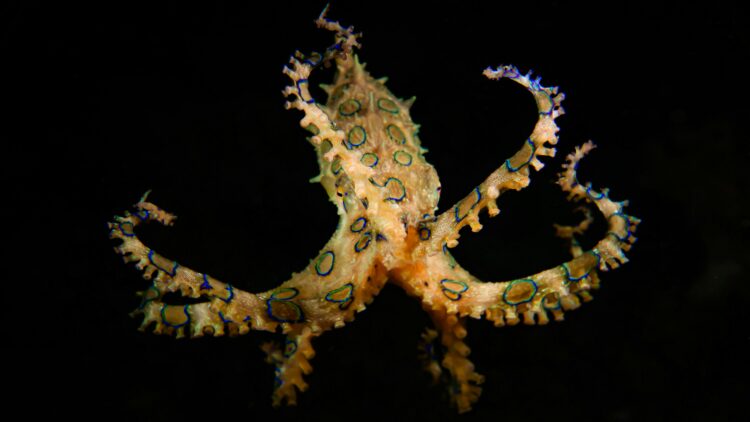
The blue-ringed octopus is a tiny but lethal mollusk that lives in the Pacific and Indian Ocean’s coastal waters. This little creature has a highly potent poison that contains neurotoxins. One prey and it can swiftly immobilize anyone. Despite its innocent look, its venom is capable of killing a human in a matter of minutes.
Poison Dart Frog
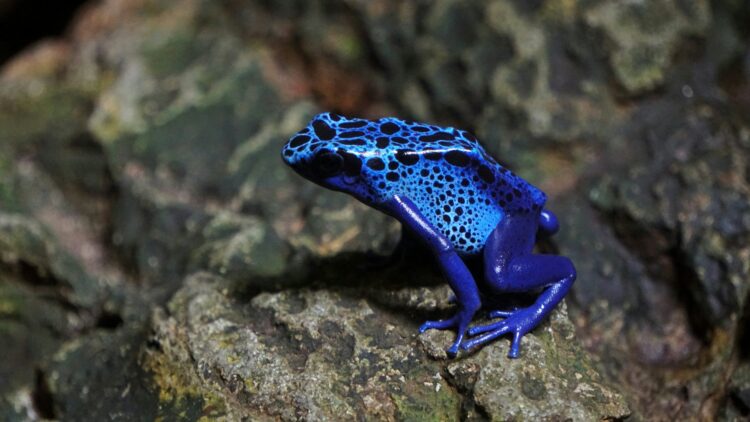
Poison dart frogs are famous for their vivid colors and poisonous skin secretions. They derive powerful alkaloid poisons by eating insects and other arthropods. The local indigenous people of rainforests of Central and South America use this toxin to cover the tips of blow darts they use for hunting.
Golden Poison Frog
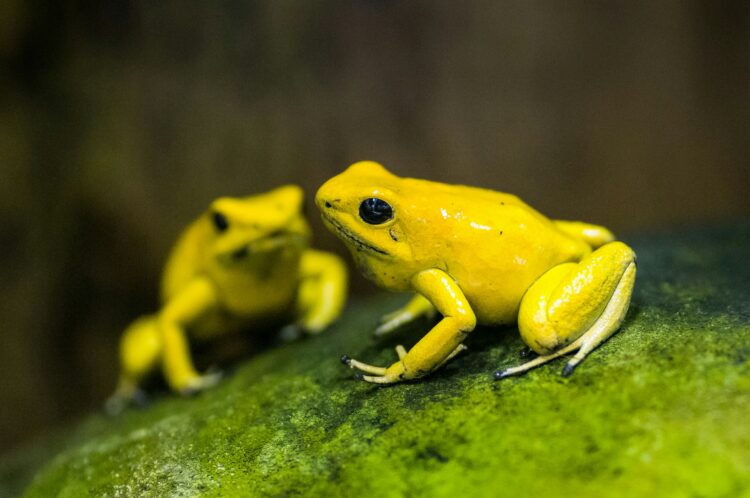
The Colombian jungles are home to the golden poison frogs. They are one of the most poisonous species of poison dart frog. It is their striking golden-yellow skin that warns predators of the presence of deadly alkaloid poisons. Their poison is strong enough to cause a heart attack in a few minutes.
Cane Toad

Cane toads are from Central and South America. They were introduced to different parts of the world for their poison. Their skin carries bufotoxins, a cocktail of chemicals that can cause anything from irritation to death if attacked. The venom secretion can be seen on their skin in white foamy matter.
Pufferfish
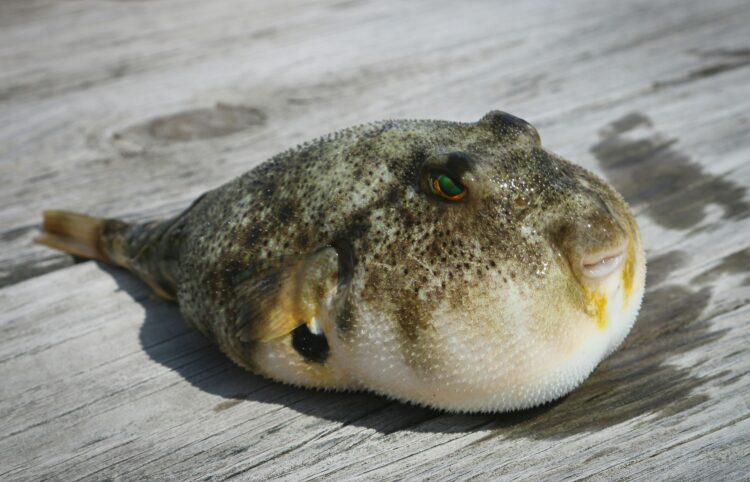
Also known as blowfish, pufferfish are present worldwide in tropical and subtropical waters. Their skin, organs, and ovaries contain the powerful neurotoxin, tetrodotoxin. Although this chemical provides them with a unique form of defense. When consuming poorly prepared pufferfish, humans can run into the risk of dying, with no cure.
Slow Loris
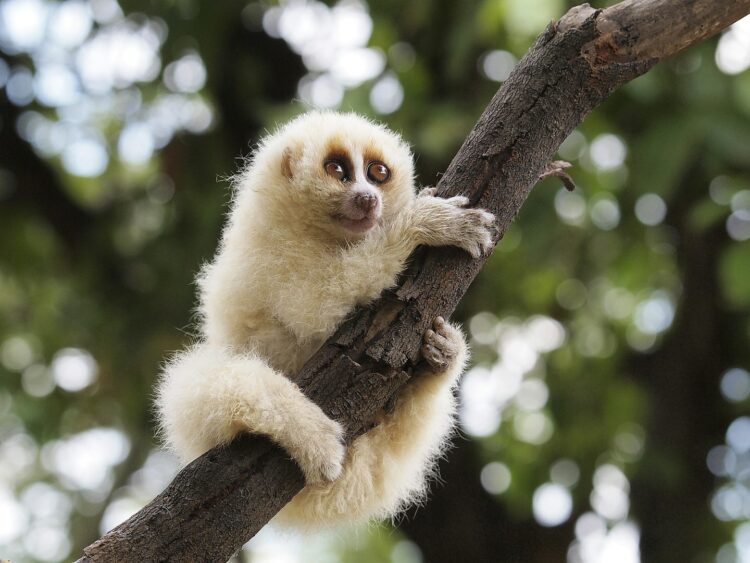
Slow lorises are nocturnal primates of Southeast Asia. They may look harmless and innocent, but slow lorises have poisonous glands on their elbows. Used as a special defense mechanism, even if they bite or lick, it may swell and hurt severely. They primarily do not use venom for hunting but only for protection.
Rough-Skinned Newt
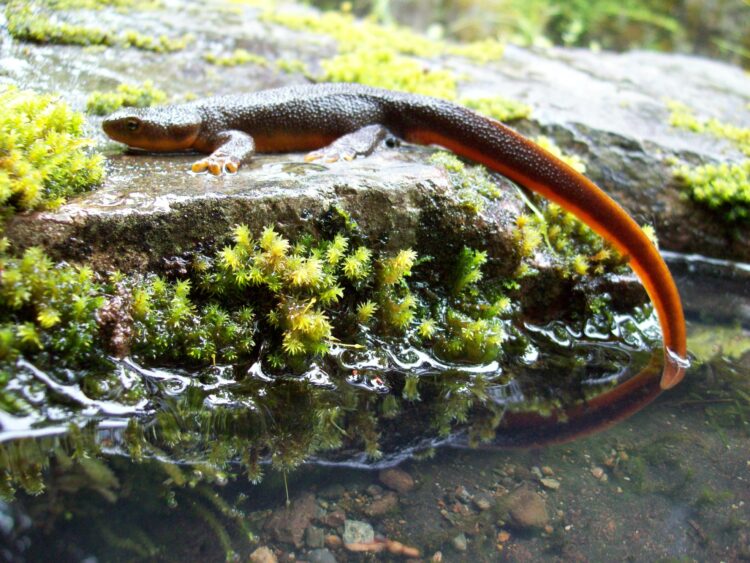
The rough-skinned newt is a tiny amphibian that is found in the Pacific Northwest. It has a strong protection system. Its skin produces tetrodotoxin, a powerful neurotoxin also present in pufferfish. Often mistaken as harmless creatures, they warn by their noticeable orange belly. Their poison can cause paralysis and even death.
Hooded Pitohui

Hooded pitohui stands out by its unusual look and alarming toxicity. These colorful birds carry strong neurotoxins, including batrachotoxin in their feathers and skin. They acquire the poison by eating various invertebrates including deadly beetles. Although they are not deadly for humans, coming in contact with their skin can cause tingling and numbness.
Crested Rat
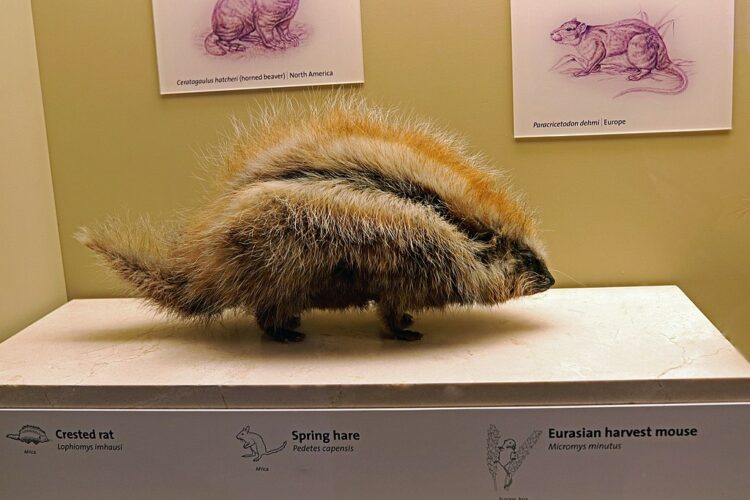
The crested rats are unique rats native to East Africa. They are known for their distinct defense system. They use specific ridges on their backs to apply saliva-soaked material to their fur. They chew the bark of some trees that contain the toxin ouabain with strong poisonous properties.
Assassin Bug
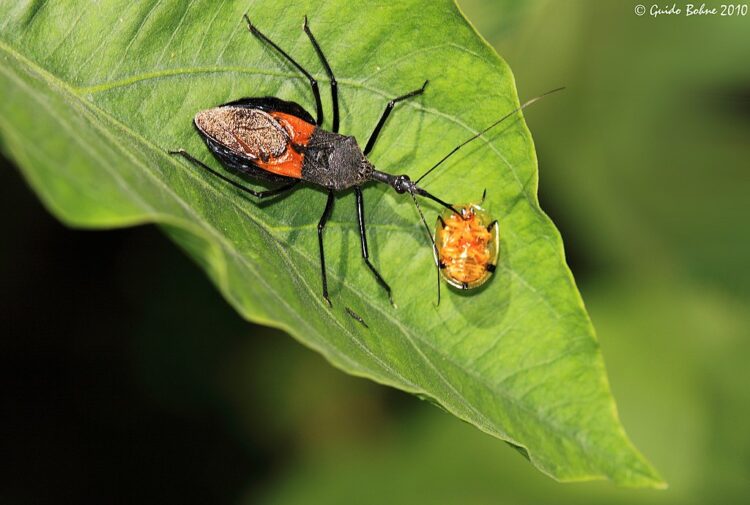
Assassin bugs are a collection of insects with strong venom and an aggressive habit. They puncture and inject saliva into their prey using a specialized proboscis. The toxins present in their saliva cause dissolve the internal organs of the victim. Although they are not dangerous to humans, some species may cause severe pain, swelling, and discomfort.
Box Jellyfish
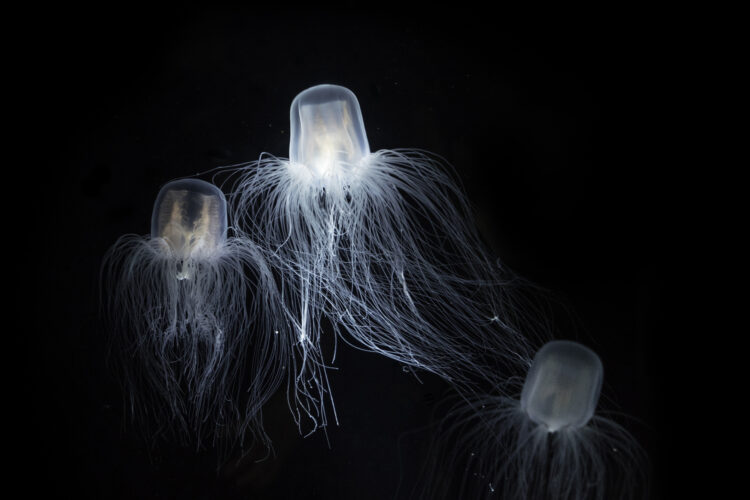
Box jellyfish got their name after their cube-shaped bell and long, trailing tentacles. These tentacles are covered in hundreds of microscopic stinging cells called nematocysts. Potent venom from these nematocysts can kill, paralyze, or cause terrible discomfort in humans. They are one of the most dangerous marine animals.
Cone Snail

The tropical and subtropical waters are home to cone snails. These venomous marine creatures inject venom into their prey using a radula tooth. Cone snail venom is a complex mix of toxins that can kill or paralyze victims in a few minutes. Cone snails are not aggressive to people, but it is important to stay in distance.
Gila Monster
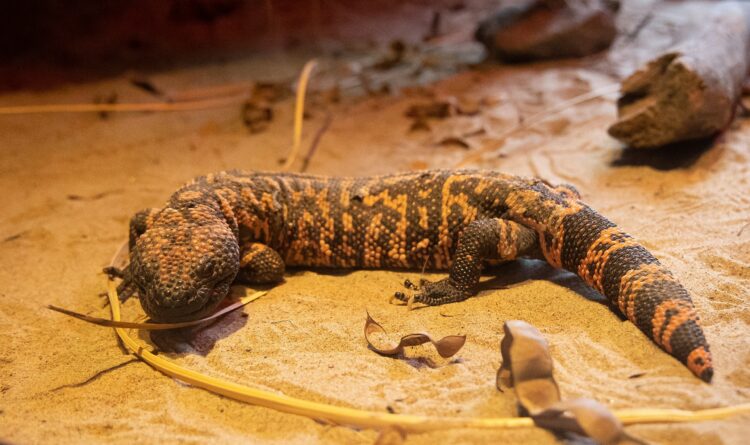
Gila monsters are one of the only two deadly reptiles in the world. When it bites, its poison is delivered through grooves in its teeth by venom glands found on its lower jaw. Its venom can damage the neurological and cardiovascular systems. It can also result in pain, swelling, and occasionally even death.
Komodo Dragon

The largest species of lizard in the world, the Komodo dragon is amongst some extremely poisonous reptiles. Although they are known for their size and fierce hunting prowess, their venomous power is also popular. They have venom glands in their lower jaws. Their venom can cause shock, paralysis, and rapid blood loss.
Harlequin Ladybird

The harlequin ladybird, also known as the Asian lady beetle, is an invasive species of beetle. Though not usually regarded to be harmful, they can release pyrazine, a deadly chemical when stressed or threatened. Pyrazine has an unpleasant taste that makes it unpleasant for predators to eat harlequin.
Monarch Butterfly

Mostly located in North America, the monarch butterfly is known for its brilliant orange and black color. These annual migrating birds are not poisonous as such but acquire cardenolides, a source of toxins. These toxins offer chemical protection to the butterflies by turning them unappealing to predators.
Crown-Of-Thorns Starfish

A big species of starfish, crown-of-thorns starfish, is present throughout the Indo-Pacific region. They are known as venomous but are not specifically deadly in the usual sense. The toxins are found in their spines and can pierce the skin and cause terrible pain, swelling, and even paralysis.
Giant African Millipede
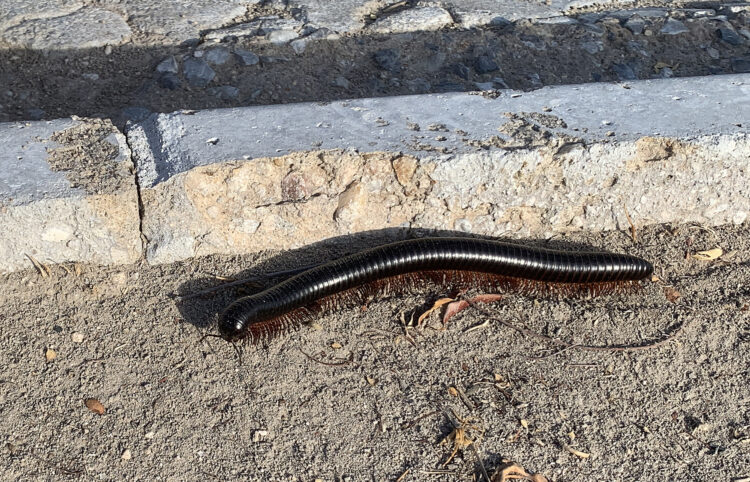
One of the biggest kinds of millipedes, the giant African millipede, is native to Africa. They are not particularly poisonous, but they release an unpleasant chemical when they feel threatened through pores all over their bodies. These chemicals can irritate the skin and mucous membranes of the attackers, threatening them.
Stonefish

The Indo-Pacific region is home to the highly poisonous stonefish. They are known for strong venom and exceptional camouflage. With their poisonous spines, they may cause painful stings. They are regarded as one of the most dangerous fish in the world. The neurotoxins in stonefish can cause acute pain, may damage tissue, or even lead to death.
Colorado River Toad

The Colorado River toad has glands on its legs and below its eyes that release 5-MeO-DMT, a powerful psychedelic. When consumed or smoked, 5-MeO-DMT can provide strong hallucinations. Although not fatal, it can change the views of reality. These toads are also known for their use in traditional medicine.

Comments
Loading…